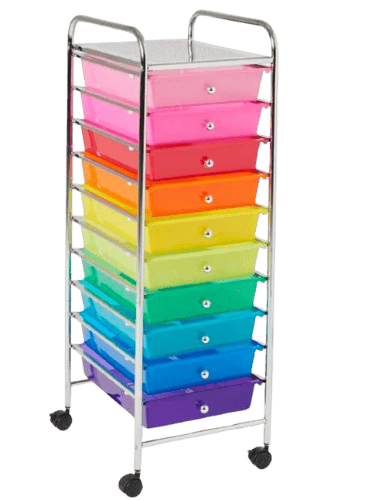How to Care For and Use Mealworms
Mealworm Care 101:
If you don't plan on raising mealworms long-term but still want to keep them fresh for a short period, there are a few simple steps you can take. This can be useful if you want to store leftover bait for your next fishing trip or take advantage of bulk discounts when purchasing your feeder mealworms.
To keep mealworms alive for a short period you'll need to provide them with a suitable environment. A plastic container with a lid, such as a cheap food storage container will work well. It needs to be big enough that the mealworms are a single layer on the bottom. Punch holes in the lid or at the top of the sides for airflow, add your mealworms with their substrate, and place them in your fridge.
Mealworms go into stasis at 45-50 degrees (the number is affected by how densely they are packed in the container and the type of substrate). A standard fridge is set to 35-38°F degrees. They can survive to 32°F or 0°C. I prefer to keep them at 44-48° when I store them at bait shops.
They can stay in this container for 2-3 weeks without needing anything else to eat or drink. Need to keep them longer? Pull your container from the fridge and place 1-2 carrot sticks on top of the substrate. As the mealworms warm up they will draw moisture from the carrots and begin to eat. Take the carrots out after 24 hours, then give the mealworms another hour or two to digest their food before placing them back in the fridge.
The lifespan of a mealworm will be drastically extended with this method.
Containers
For containers, we've had great success with cat litter boxes from the Dollar Tree. They're affordable, shallow enough to maximize space, and easy to clean. In two years, we've only had one crack, and that was due to careless handling during cleaning. These are only a good value if you already have a shelving set with lots of shelves, or you can obtain one at a great price. When we moved, we didn't have room for all 3 Ivar (Ikea) shelving sets. I put up one unit, and used all the shelves we had in that one unit.
A popular option for beginners is the 10-drawer cart like the one above, often used by teachers and crafters. These can be found for on sale for around $30 new, or you can keep an eye out for used ones. I really like this one for a good-size hobby setup. If you choose an enclosed system, we recommend adding small holes along the top of the drawers to ensure proper ventilation. Mealworms won't be able to climb smooth plastic, and if your drawers have a textured surface, you can simply line the top with packing tape to make it slick again.
Substrate
We use wheat bran as our substrate of choice. It's an excellent option for several reasons:
Easy to eat: Wheat bran is a food source that mealworms can easily consume, providing them with the nutrients they need to thrive.
Lightweight: The lightweight nature of wheat bran allows for plenty of air to reach the mealworms, even if they are completely covered in the substrate.
Some people use cornmeal or oatmeal as a substrate, but we've found that these options can be problematic due to their density. If your substrate is dense you will have more problems with mold and mildew, which also leads to mite problems. These problems can quickly become detrimental to the health of your mealworms if you aren't careful.
For local mealworm farmers: We sell heat-treated, then frozen wheat bran in our store. This is livestock wheat bran, not intended for humans (although it's probably safer after being heat treated!)
Short-term care
"By shopping through our Amazon links, you're supporting our family's mission to create sustainable solutions for regenerative farming. Every purchase helps us divert waste, nurture local communities, and grow our family farm - all at no extra cost to you. We are grateful for your support."
Starting a Mealworm Farm
When setting up a comfortable home for your mealworms, the right container, substrate, and moisture levels are crucial. There are many ways to raise mealworms, but before planning your setup, it's essential to understand a few key things.
Mealworms go through multiple life stages: egg, larvae, pupae, and finally, beetle. One important consideration is that beetles can become cannibalistic if their conditions aren't just right. Keeping the beetles separate from the other stages is highly recommended, even if you don't separate the mealworms and pupae.
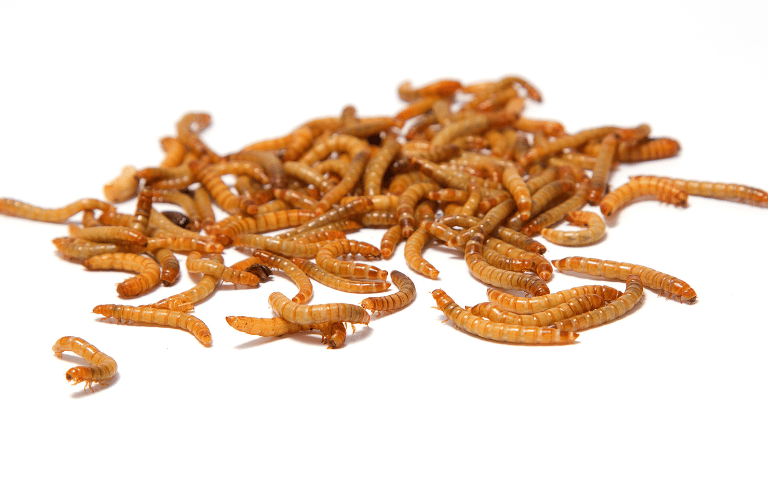

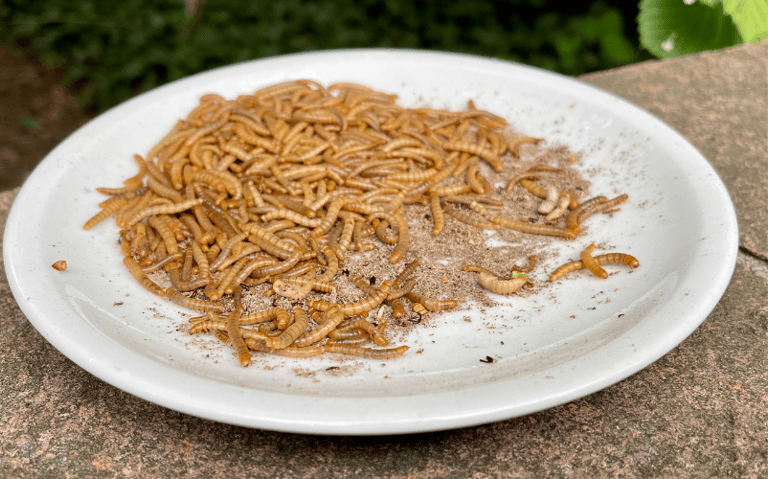

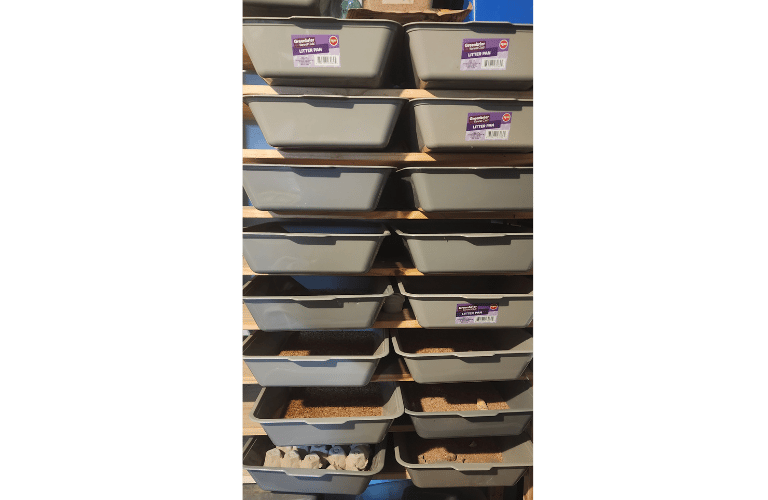

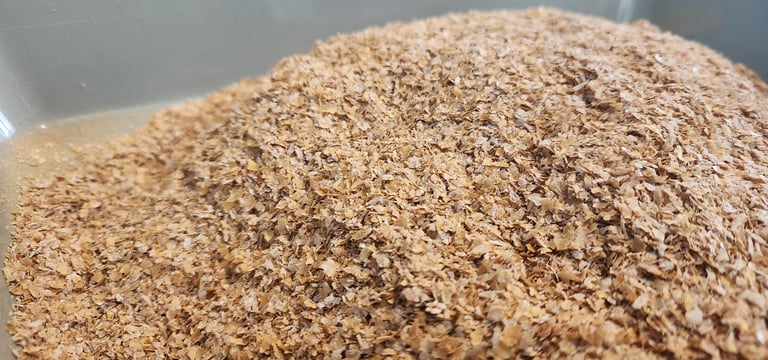

Moisture
Maintaining proper moisture is probably the most difficult part of raising mealworms, but it doesn't have to be!
Mealworm larvae and beetles get all the liquid they need from produce or water crystals. We have never used water crystals so I can't speak about that method.
Choose vegetables that offer hydration without creating excess dampness that could lead to mold or bacterial growth.
Foods we've used with success:
Carrots
Potatoes (all varieties)
Celery
Squash (most varieties)
Cabbage
Lettuces.
Tip: It's a great use for the core and unedible portions!
We like to cut the produce into long strips. The carrot strips that are cut for veggie trays in your local grocery store are the perfect size. If the strips are too thin they dry out naturally, too thick and the mealies can't access the moisture in the center.
Add a couple of strips to your bin and check it the next day. If it has been completely eaten add a couple more. You will quickly learn how much they need. After 48 (ish) hours pull any leftover food and throw it out.
They don't need moisture every day, especially if you aren't working toward a large production farm. We feed on Monday and pull waste on Wednesday. Then feed again on Thursday and pull waste on Saturday.
Caution: Avoid juicy fruits.
While fruits can seem like a good option, they can quickly become problematic. Their sweetness more quickly attracts pests and the moisture often leaches into the substrate increasing the risk of mold.
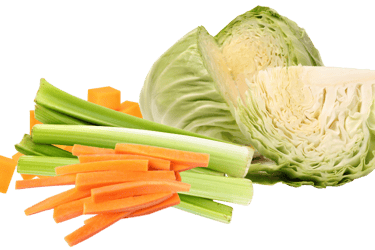



Conclusion












Mealworms are a popular food source for many pets, but they can get expensive. To get the most value out of your mealworms, it's essential to keep them healthy and thriving. With proper care and handling, you can help your mealworms live longer and provide a steady food supply for your pets. In this article, we'll share some tips and best practices for mealworm care and use.

